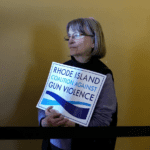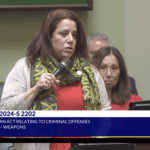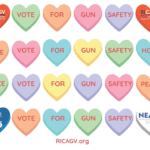A new study maps the lasting effects of gun violence on children and teens who survive their injuries
By: Theresa Gaffney
StatNews.com. Published Nov. 6th, 2023
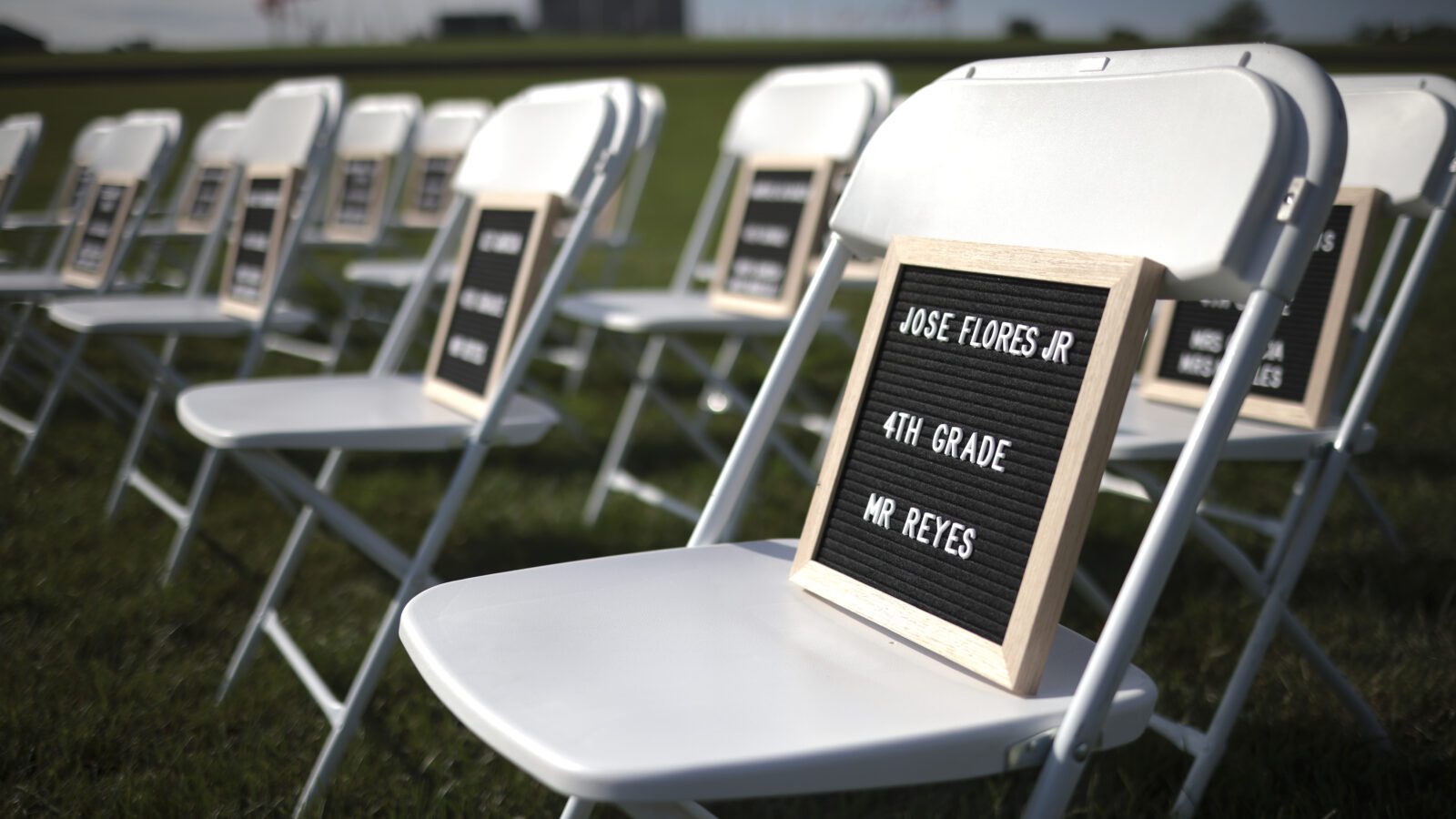
Empty chairs displaying the names of students killed during school shootings are shown during a September event on the National Mall in Washington, D.C. calling for action on preventing gun violence.
When Christian Pulcini was a pediatric emergency fellow at Children’s Hospital of Philadelphia, he witnessed firsthand the ways that gun violence affected children who survived it. He still remembers one young boy who had been shot in the neck while playing outside his home. Pulcini did not remove the bullet — a routine practice, often safer than removal. When the boy later returned to the emergency room struggling with his mental health, he said he could feel the bullet lodged there, a choking reminder of what he’d survived.
A new study published Monday in Health Affairs attempts to do just that, using commercial insurance claims to map the health and economic consequences for children and adolescents who survive a firearm injury, and their families, in the year following the initial event. The study was published less than two weeks after a shooting in Lewiston, Maine, became the deadliest in the state’s history, with 18 people killed and another 13 wounded.
Researchers found that youth who survived a firearm injury experienced a 117% increase in pain disorders, 68% increase in psychiatric disorders, and 144% increase in substance use disorders in the first year, compared to those who had not experienced gunshot wounds. Increases in pain and psychiatric disorders were greater for those who needed ICU care due to their injuries. The health care costs for all survivors were seventeen times greater than before the injury, relative to the controls.
It’s not only young gunshot wound survivors who face far-reaching effects after their injuries: Psychiatric disorders among parents of survivors increased by a third in the aftermath of the gun violence. Mothers and siblings of survivors had fewer routine office visits, procedures, and lab tests compared to those whose families didn’t experience gun violence. The study also looked at families of youth who had died due to gun violence, and found fathers had more than five times an increase in psychiatric disorders compared to families who hadn’t experienced gun violence, while mothers had nearly four times an increase. Siblings of youth who died had two times an increase in psychiatric disorders relative to the control.
“This study is particularly important because, at this point, we are a nation of survivors,” said Megan Ranney, an emergency physician and dean of the Yale School of Public Health, who was not involved in the research. “You can start to get a grasp for the unbelievable impact of our nation’s gun violence epidemic that goes far beyond the deaths that are talked about so often in the news.”
The study analyzed over 2,000 claims from survivors from birth to age 19 and compared them with almost 30,000 matched control claims, along with the claims of 265 family members of survivors and over 1,200 matched controls.
“We wanted to understand what happened to survivors of firearm injuries because there are so many more survivors relative to fatalities, and we wanted to learn about the shared experience of families that go through this kind of problem,” said Zirui Song, an author on the study, general internist, and associate professor of health care policy and medicine at Harvard Medical School.
Because the study used commercial insurance data, it doesn’t include anyone who died before reaching the hospital (before an insurance claim for their care could be created) or anybody with federal- or state-funded insurance like Medicaid or Medicare. Experts say that this likely means the study underestimates the lasting effects of gun violence.
Still, it’s a major milestone for the progress that’s been made since experts like Ranney began working in the field. “In the mid-2000s, you could not find the word firearm or gun on the Centers for Disease Control and Prevention webpage,” she said. In 1997, Congress approved an addendum to a spending bill called the Dickey Amendment, which prohibited the CDC from advocating or promoting gun control measures, and practically halted any research on the health effects of gun violence.
Now, research on the lasting effects of gun violence on survivors is “immature” compared to other fields of research, said Pulcini, who is now a pediatric emergency physician and assistant professor at the University of Vermont Larner College of Medicine, and was not involved in the study.
“I wish that I didn’t have to study this issue, and I wish these folks didn’t have to study this issue and show that this is such a societal problem that is understudied, underfunded, and unaddressed largely, comparatively to other things that cause injury and death among kids,” he said.
Pulcini would love to see a large, prospective trial on survivors of gun violence that builds off this study, he said, but those sorts of studies cost millions of dollars. There’s more funding now than there used to be for this research, but still much less when compared to research areas with fewer youth deaths each year.
While researchers push for more quantitative data, many are also working on various solutions, including policies, community-based and individual actions, and health care worker training.
“There’s not going to be a single solution to this uniquely American epidemic,” Ranney said. But experts say that the more quantitative data on the effects of gun violence will help to spur further solutions. And then, “we’ll be able to measure and see whether we actually made a difference, which will lead to more research and hopefully to improvements in outcomes.”
Source: https://www.statnews.com/2023/11/06/gun-violence-children-teens-effects/utm_campaign=morning_rounds&utm_medium=email&_hsmi=281466052&_hsenc=p2ANqtz–yWnErMCv2nQJls3VFKQqTP63m9E4OX-PaHZo42uLp_Pla1rD5kxRSgZmBkMdqpZrfMPBAhu6TgfmdUSFzKk-746PPxQ&utm_content=281466052&utm_source=hs_email
